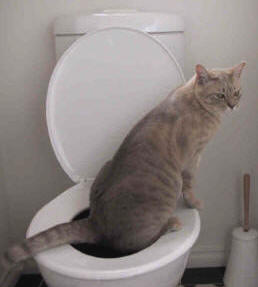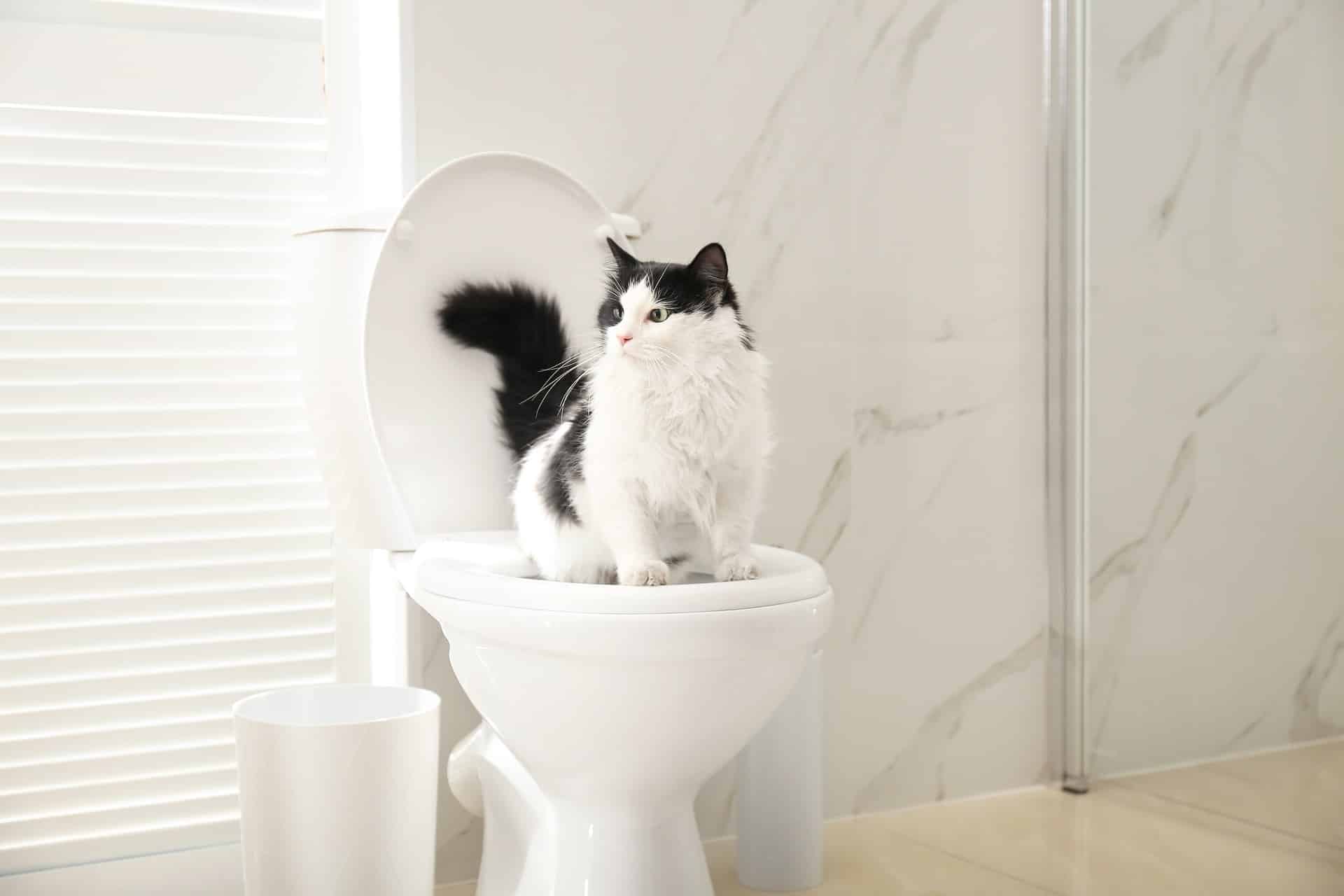Uncovering the Dangers of Flushing Animal Waste Down the Toilet
Uncovering the Dangers of Flushing Animal Waste Down the Toilet
Blog Article
Have you been in search of advice concerning Should you flush animal waste down the toilet?

When it pertains to dealing with waste, specifically animal waste, many individuals frequently turn to the hassle-free alternative of flushing it down the commode. Nonetheless, this apparently very easy remedy can have major consequences for the setting and public health. In this post, we'll check out why flushing animal waste down the bathroom is a bad idea and give alternate methods for correct disposal.
Introduction
Appropriate waste disposal is vital for preserving ecological sustainability and public health. While it may appear harmless to purge animal waste down the toilet, it can bring about various concerns, both for the environment and human wellness.
Threats of flushing animal waste
Environmental effect
Purging animal waste introduces damaging microorganisms and pathogens into rivers, which can adversely impact water environments. These virus can contaminate water sources and damage aquatic life, interfering with fragile environments.
Public health problems
Animal waste consists of dangerous bacteria such as E. coli and Salmonella, which can present severe health and wellness dangers to people. Purging animal waste down the commode can contaminate water supplies, leading to the spread of diseases and infections.
Alternatives to flushing
As opposed to purging pet waste down the commode, there are numerous different disposal techniques that are more environmentally friendly and sanitary.
Composting
Composting animal waste is an environmentally friendly way to dispose of it. By composting, raw material is broken down into nutrient-rich dirt, which can be made use of to fertilize yards and plants.
Garbage dump disposal
Dealing with pet waste in a landfill is an additional choice. While not as eco-friendly as composting, it is a much safer alternative to flushing, as it protects against the contamination of water sources.
Animal waste disposal systems
There are specific family pet garbage disposal systems offered that securely and hygienically deal with animal waste. These systems frequently use enzymes to break down waste and eliminate smells.
Steps to appropriate pet waste disposal
To make sure correct disposal of animal waste, follow these steps:
Scooping and bagging waste
On a regular basis scoop and bag pet waste using naturally degradable bags. This stops waste from infecting the setting.
Using marked waste bins
Dispose of bagged pet waste in marked waste bins, such as garden compost containers or landfill bins. Stay clear of flushing it down the toilet in any way prices.
Cleaning can and animal locations routinely
On a regular basis tidy can and pet dog locations to prevent the buildup of waste and bacteria. Use pet-safe cleansing items to keep health.
Advantages of proper disposal approaches
Adopting proper disposal techniques for animal waste supplies a number of advantages:
Reduced environmental pollution
Correct disposal methods minimize the danger of environmental pollution, shielding waterways and communities from contamination
Decreased threat of water contamination.
By staying clear of flushing pet waste down the commode, the threat of water contamination is website significantly lowered, protecting public health.
Enhanced hygiene and health
Proper disposal methods promote better sanitation and hygiene, creating a safer setting for both human beings and pets.
Verdict
To conclude, flushing animal waste down the toilet is harmful to the setting and public health. By adopting alternative disposal approaches and complying with proper waste monitoring methods, we can reduce the adverse effect of pet waste and add to a cleaner, much healthier planet.
What To Do With Dog Poo – The Do's And Don'ts Of Disposing Of Faeces
Dog poo bins
Some councils provide dedicated dog waste bins in popular dog-walking areas that can take dog poo that has been bagged but you can legally dispose of dog waste in any public litter bin, as long as it is securely bagged. This also applies to your wheelie bin at home.
Do not flush
Water companies do not recommend flushing dog faeces down the toilet because certain parasites can survive the water processing treatment and are potentially harmful to humans. You should also never consider flushing dog poo that has been bagged down the toilet as the bags will not break down and instead create severe blockages in the sewage system.
In the woods
The Forestry Commission promotes a ‘stick and flick’ method for dealing with waste in the woods. This means finding a stick and using it to flick any poo from off the path so that it is out of the way of other walkers. You could also bury it as long as it is not in an area where there might be livestock.
Livestock
Parasites found in dog poo can be transmitted to livestock if they inadvertently eat infected faeces that has been left on grazing land. This could result in the death of sheep or abortion in cattle so you should always make sure you pick up your dog’s waste in fields where livestock could be present.

On a regular basis tidy can and pet dog locations to prevent the buildup of waste and bacteria. Use pet-safe cleansing items to keep health.
Advantages of proper disposal approaches
Adopting proper disposal techniques for animal waste supplies a number of advantages:
Reduced environmental pollution
Correct disposal methods minimize the danger of environmental pollution, shielding waterways and communities from contamination
Decreased threat of water contamination.
By staying clear of flushing pet waste down the commode, the threat of water contamination is website significantly lowered, protecting public health.
Enhanced hygiene and health
Proper disposal methods promote better sanitation and hygiene, creating a safer setting for both human beings and pets.
Verdict
To conclude, flushing animal waste down the toilet is harmful to the setting and public health. By adopting alternative disposal approaches and complying with proper waste monitoring methods, we can reduce the adverse effect of pet waste and add to a cleaner, much healthier planet.
What To Do With Dog Poo – The Do's And Don'ts Of Disposing Of Faeces
Dog poo bins
Some councils provide dedicated dog waste bins in popular dog-walking areas that can take dog poo that has been bagged but you can legally dispose of dog waste in any public litter bin, as long as it is securely bagged. This also applies to your wheelie bin at home.
Do not flush
Water companies do not recommend flushing dog faeces down the toilet because certain parasites can survive the water processing treatment and are potentially harmful to humans. You should also never consider flushing dog poo that has been bagged down the toilet as the bags will not break down and instead create severe blockages in the sewage system.
In the woods
The Forestry Commission promotes a ‘stick and flick’ method for dealing with waste in the woods. This means finding a stick and using it to flick any poo from off the path so that it is out of the way of other walkers. You could also bury it as long as it is not in an area where there might be livestock.
Livestock
Parasites found in dog poo can be transmitted to livestock if they inadvertently eat infected faeces that has been left on grazing land. This could result in the death of sheep or abortion in cattle so you should always make sure you pick up your dog’s waste in fields where livestock could be present.

As a passionate reader about Don't Flush Your Pets Poo Down The Loo, Vet Warns, I imagined sharing that excerpt was smart. Sharing is caring. You won't know, you might be helping someone out. Thank you for your time spent reading it.
Click Here Report this page